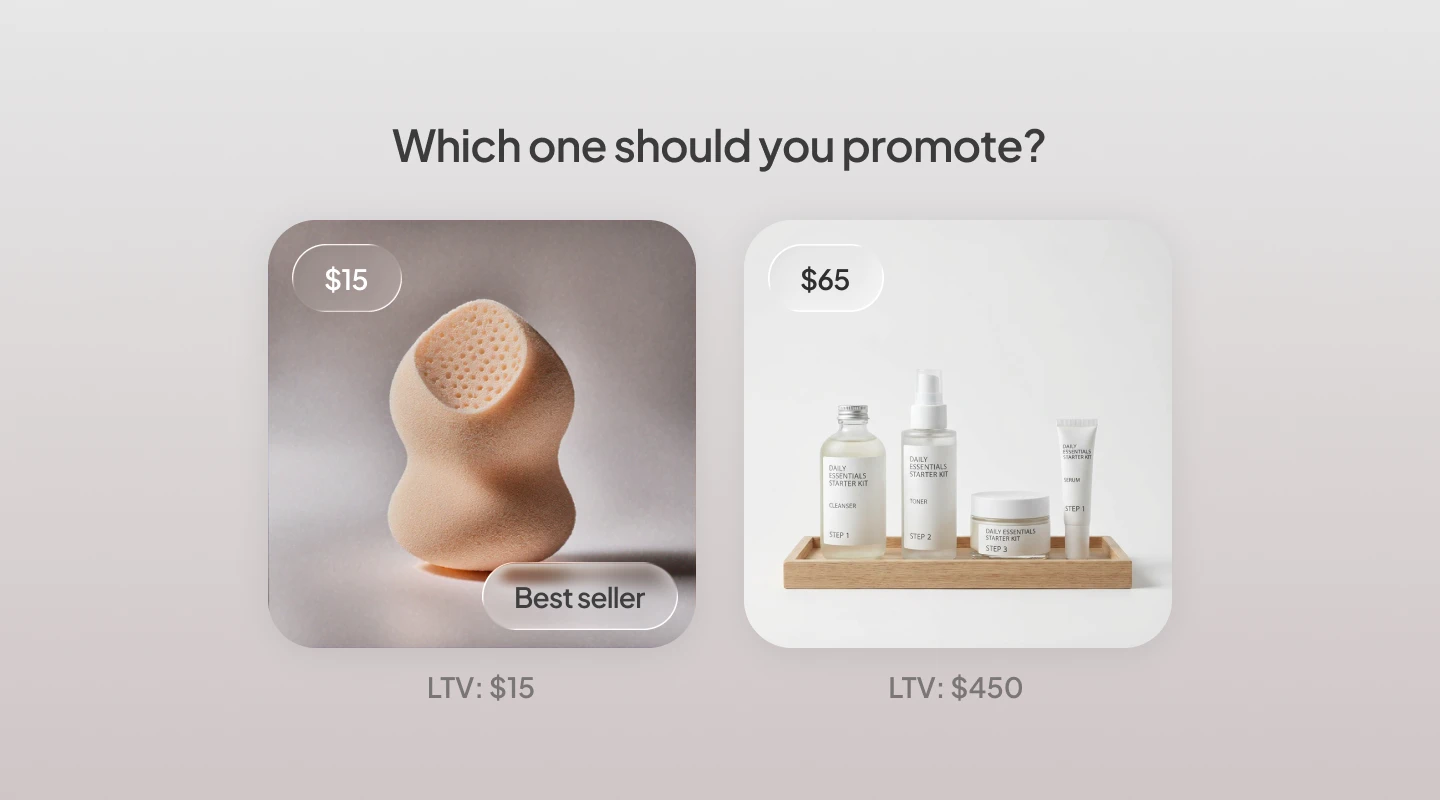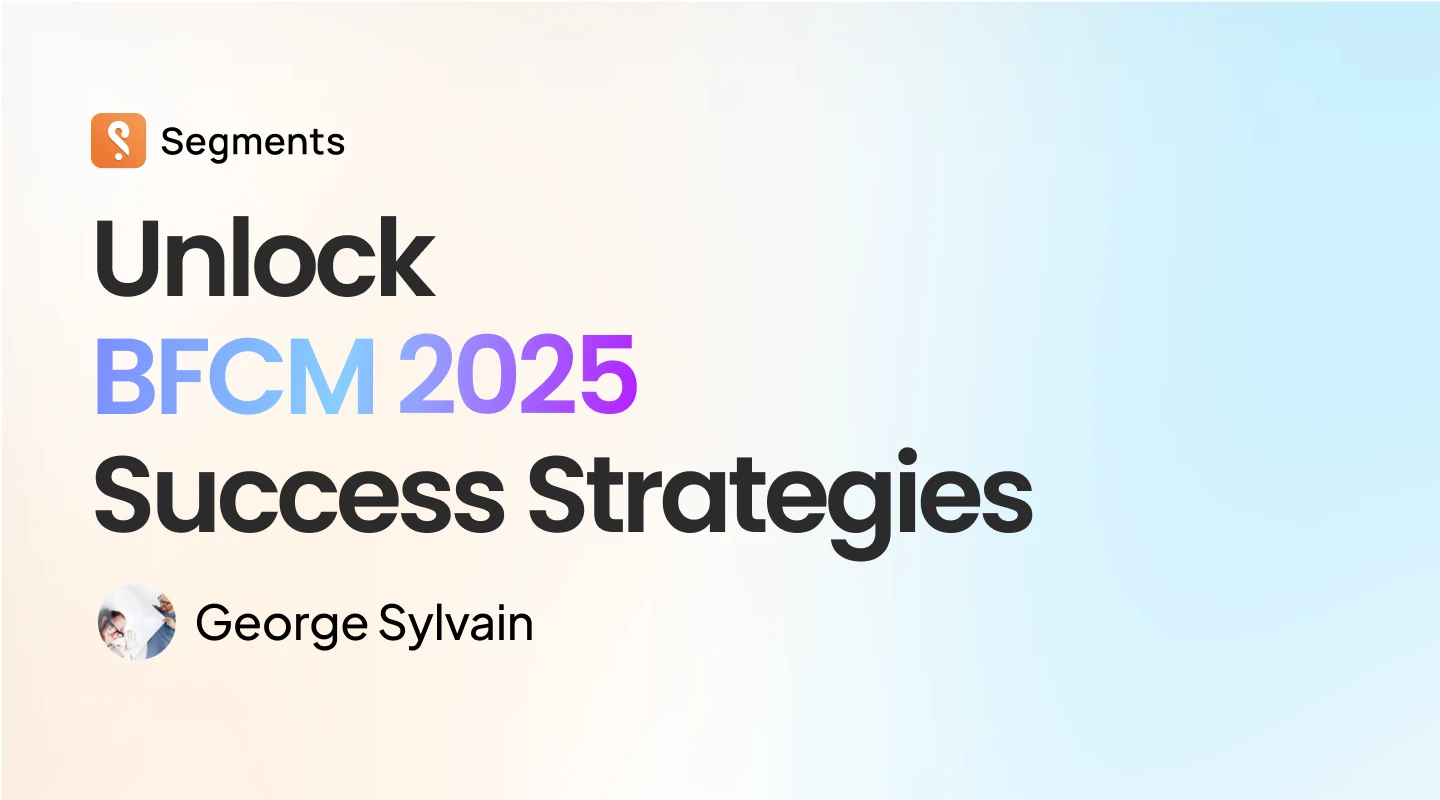
Before we jump into the strategy it’s important to understand what exactly is customer retention and why is it important?
What is customer retention?
Customer retention is about incentivizing your store's existing customers to continue buying from you and stay loyal to your brand.
Improving your customer retention rate is really important, because it’s commonly known that the cost of acquiring a new customer is six to seven times more than retaining an existing customer.
As a result of the Coronavirus pandemic, more marketers are focussing on customer retention, with more than twice as many CMOs choosing retention goals over acquisition.
What is a good customer retention rate?
The average retention rate varies depending on your business. Based on research from Statista, the average customer retention rates by industry are:

While the above retention rates might seem really high it’s important to note that they account for offline stores as well. For online only D2C stores, Shopify data suggests a reorder rate of 30% as being really good. Now, let’s focus on using email marketing to get your stores customer retention rates higher.
We’ve outlined 5 tried-and-tested strategies to increase customer retention using email marketing. The main reason customers stop buying from stores isn’t poor product quality or because of competitors, it’s lack of customer contact. 67% of lost customers cited this as a reason for churning. So what are the best ways to engage customers
- Birthday, anniversary and milestone emails.
- Cart abandonment email series.
- Post-purchase email series.
- Product recommendations emails.
- Review and testimonial request emails.
Birthday, anniversary and milestone emails
If you want to increase brand loyalty, you can use your customer data to send gifts or discount codes to your customers for special events like their birthday, the anniversary of the first time they bought from you or when they’ve purchased a certain number of items from your online store.
Birthday emails result in 481% more transactions than promotional emails.
Cosmetics brand Sephora used this birthday email to send customers in-store to receive a gift, saving on shipping costs and increasing the chance that customers would buy extra items on their visit.
Remember the principle of reciprocity, when someone gives us something, it’s human nature to want to give them something back!
You can leverage Segments reports to discover your top converting customers and what they’ve purchased and base your discount strategy and email copy on the results.
Cart abandonment email series
When a subscriber adds something to their cart without purchasing, most email platforms have the functionality to send an automated email to remind them to complete their purchase.
You can add additional emails to turn Abandoned Cart into a series rather than a one-off email, which increases the chance of success. You can also send these emails when someone has browsed a particular product, even if they haven’t added anything to their cart. Just keep in mind that you don’t want to overwhelm them with emails. Use a ‘discount ladder’, a series of increasing discounts only available if the previous discount hasn’t been redeemed, to incentivize purchase.
Remember that incentives don’t always have to be monetary - you can use free shipping and gifts as well as other rewards to seal the deal.
The average abandoned cart email generates $5.81 per recipient according to research from Klaviyo, so keep this in mind when deciding what rewards you want to offer.
Here’s a great example from skatewear brand Vans. We love that they’ve suggested other similar items that customers could also buy.

Use Segments to understand timings for your automated emails and when are the best times for users to convert including your abandoned cart email. Read up on our case study with White River, where they’ve seen a 245% increase in conversion rate for abandoned carts by tailoring marketing flows to their store’s 1st purchase timing.

Post-purchase email series
Many online stores don’t send these emails and are missing out on a lot of revenue. A good post-purchase series lets people know when the product will arrive, what to do if there are any issues, how to get the most out of the product, asks them to share it on social, give them a written or video testimonial and then begins to sell them on a new product.
This last step can be personalized - for example, a post-purchase email series that suggests similar items to the one originally purchased is probably going to perform better than one that just suggests the same item to everyone.
But if you lack the time and resources to offer this level of personalization, you can just suggest your bestsellers.
Don’t forget that post-purchase emails like thank you’s and confirmation receipts can see open rates of 65%, so don’t forget to customize them and add value where you can!
We like this example from Bellroy, that asks for a product review while reminding customers of the reasons why they bought the product in the first place.

Product recommendations emails
These emails are also called ‘cross-selling. This helpful Shopify article will give you an in-depth understanding of what cross-sell emails are and how to use them to increase your customer retention, but here’s an overview.
In the context of customer retention, your store can use cross-selling to show buyers a similar product to the one they’ve already purchased.
Use customers’ purchase history to send personalized suggestions. For example, a pet store could send everyone who has bought a chew toy an email about their new doggy treat designed to improve dental health.
Cross-selling also has the benefit that it doesn’t rely on discounts or other incentives to purchase because of the relevance of the products being recommended.
Use Segments product reports to understand what customers are purchasing and what they are most likely to purchase next based on your Shopify store data. Review the most popular product purchases and think about opportunities for bundling, upsells, and cross-sells. You can also product purchase filters to target customers who've "bought A and not B".
Review and testimonial request emails
Asking customers to review their purchases has a couple of benefits - firstly, it helps to make customers feel part of your business and shows you value their opinion. Secondly, you can use their testimonials as part of a User Generated Content (UGC) strategy as social proof to encourage more sales.
Remember, only 18% of consumers report not reading online reviews, so make gathering testimonials a priority!
This example from The Biscuiteers gives customers helpful suggestions of what to write by showing them what other customers have said.

We hope you enjoyed reading this post and have got takeaways to start actioning points in your email marketing efforts straight away. As always check out the Segments app for easy to use actionable insights to grow your store revenue and don’t forget to follow us on LinkedIn for more #ecommerce tips and tricks!







